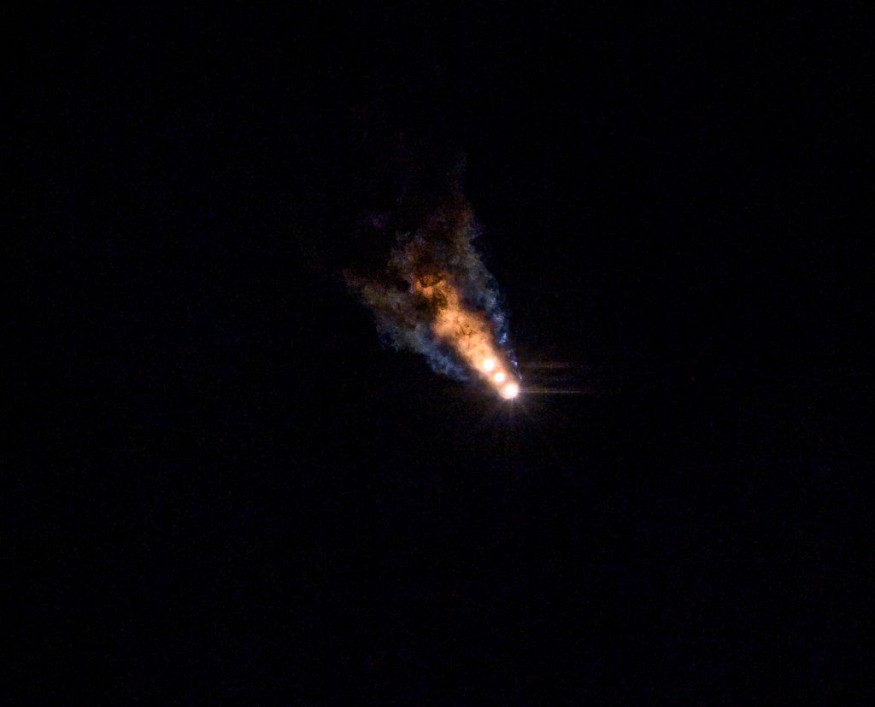
For the first time in history, we could finally tell the tale of the never-before-seen data that lies on the heart of our Solar System, the Sun.
NASA's Parker Solar Probe becomes the first spacecraft to 'touch' the sun, 60 years after NASA had set this goal. The human-made spacecraft managed to swoop in and fly through the sun's corona, three years after it launched, to sample particles on the star's magnetic fields.
"Parker Solar Probe 'touching the Sun' is a monumental moment for solar science and a truly remarkable feat," said Thomas Zurbuchen, the associate administrator for NASA's Science Mission Directorate.
"Not only does this milestone provide us with deeper insights into our Sun's evolution and (its) impacts on our solar system, but everything we learn about our own star also teaches us more about stars in the rest of the universe."
In its planned seven-year mission, the April perihelion of the 26 close approaches was the first to actually enter the corona.
Seven-year mission to probe the solar corona
Nearly five hours inside the solar atmosphere, the spacecraft launched in 2018 measured fluctuations in the Sun's magnetic field and properties of particles using external data.
"Flying so close to the Sun, Parker Solar Probe now senses conditions in the magnetically dominated layer of the solar atmosphere - the corona - that we never could before," said astrophysicist Nour Raouafi, Parker project scientist at the Johns Hopkins Applied Physics Laboratory.
"We see evidence of being in the corona in magnetic field data, solar wind data, and visually in images. We can actually see the spacecraft flying through coronal structures that can be observed during a total solar eclipse."
Since the Sun doesn't have a solid surface, one of Parker's goals was to further understand the Alfvén critical surface - boundary where gravity and the Sun's magnetic fields are too weak to contain the solar plasma - such as its placement and topography. This point marks the end of the solar atmosphere and beginning of the solar wind.
Interesting physics going on in the Sun
By studying the magnetic conditions of the corona, Parker encountered a magnetic structure known as a pseudostreamer, which we can see arcing out from the Sun during solar eclipses. Data suggests that these structures are responsible for wrinkling the Alfvén critical surface, while the reason behind is still unknown.
However, conditions inside the pseudostreamer were calmer than its surroundings, and the magnetic field was more orderly.
In addition, Parker investigated a phenomenon called solar switchbacks, Z-shaped kinks in the magnetic field of the solar wind. Switchbacks had been recognized since the 1990s, but the recent investigation found that they are rather common and originates from patches. Data suggests that at least some of the switchbacks come from the lower corona.
"This is what we expect from some theories, and this pinpoints a source for the solar wind itself," said astronomer and lead author Stuart Bale of the University of California, Berkeley.
Raouafi added: "We have been observing the Sun and its corona for decades, and we know there is interesting physics going on there to heat and accelerate the solar wind plasma. Still, we cannot tell precisely what that physics is.
"With Parker Solar Probe now flying into the magnetically-dominated corona, we will get the long-awaited insights into the inner workings of this mysterious region."
© 2025 NatureWorldNews.com All rights reserved. Do not reproduce without permission.





